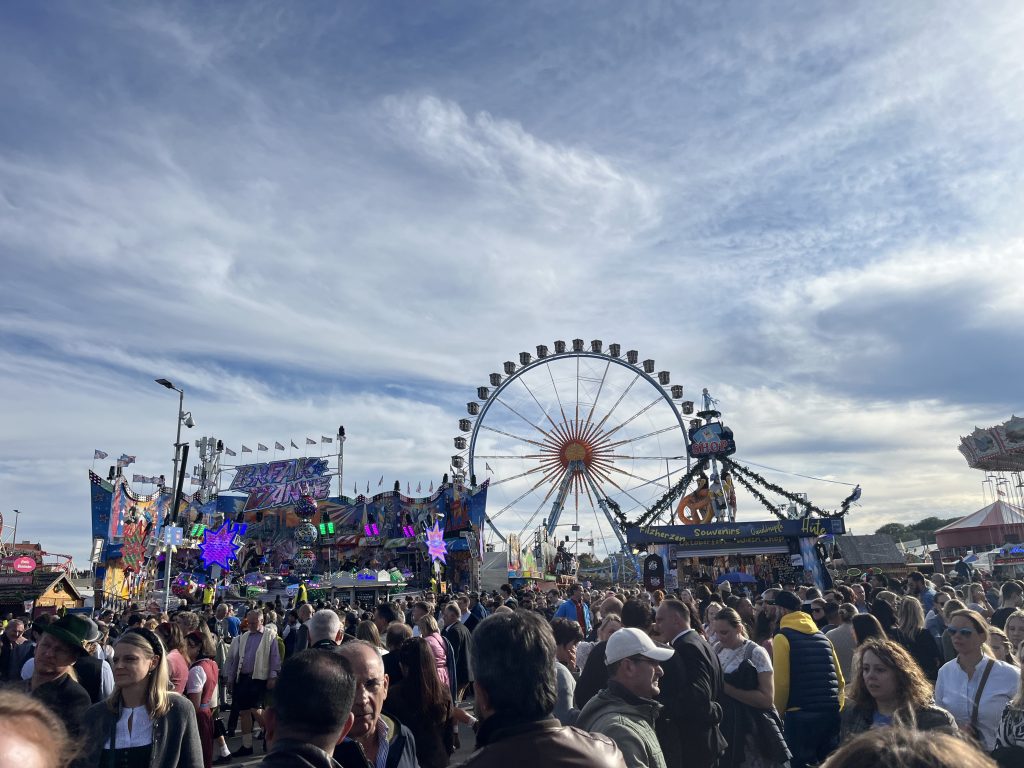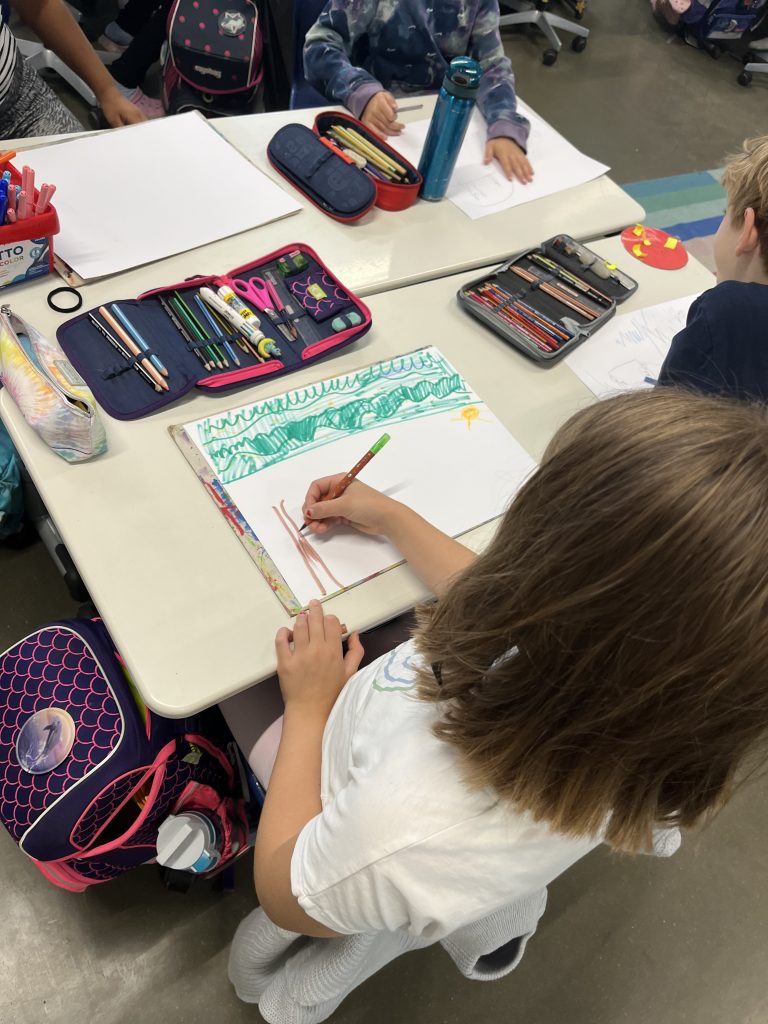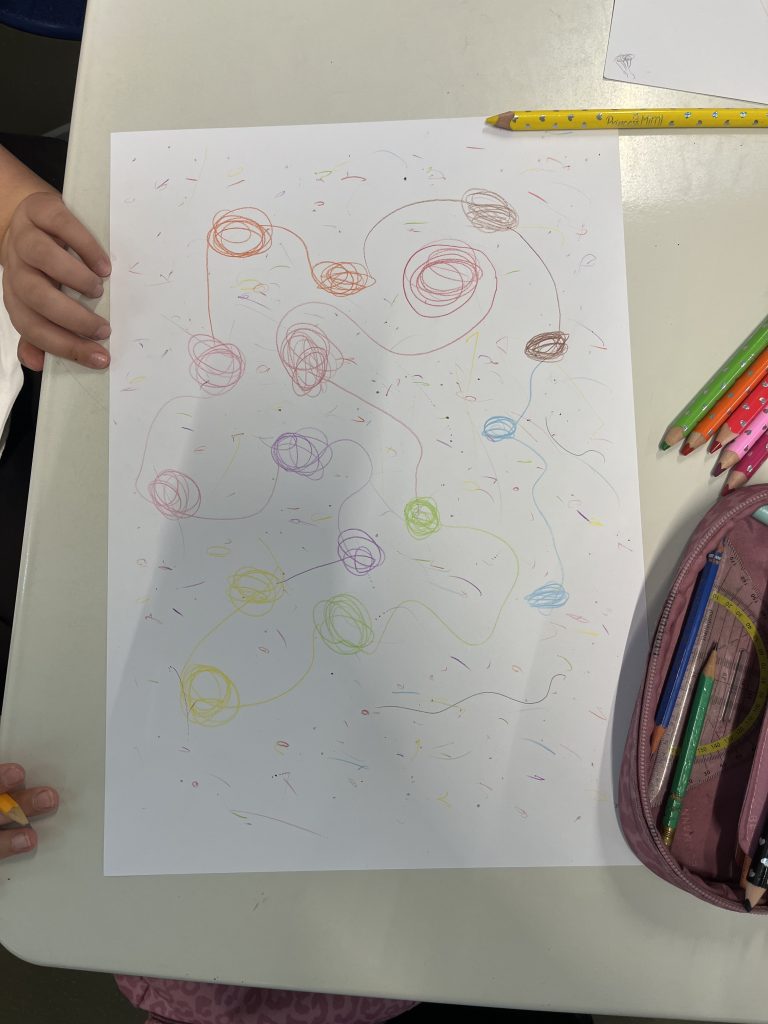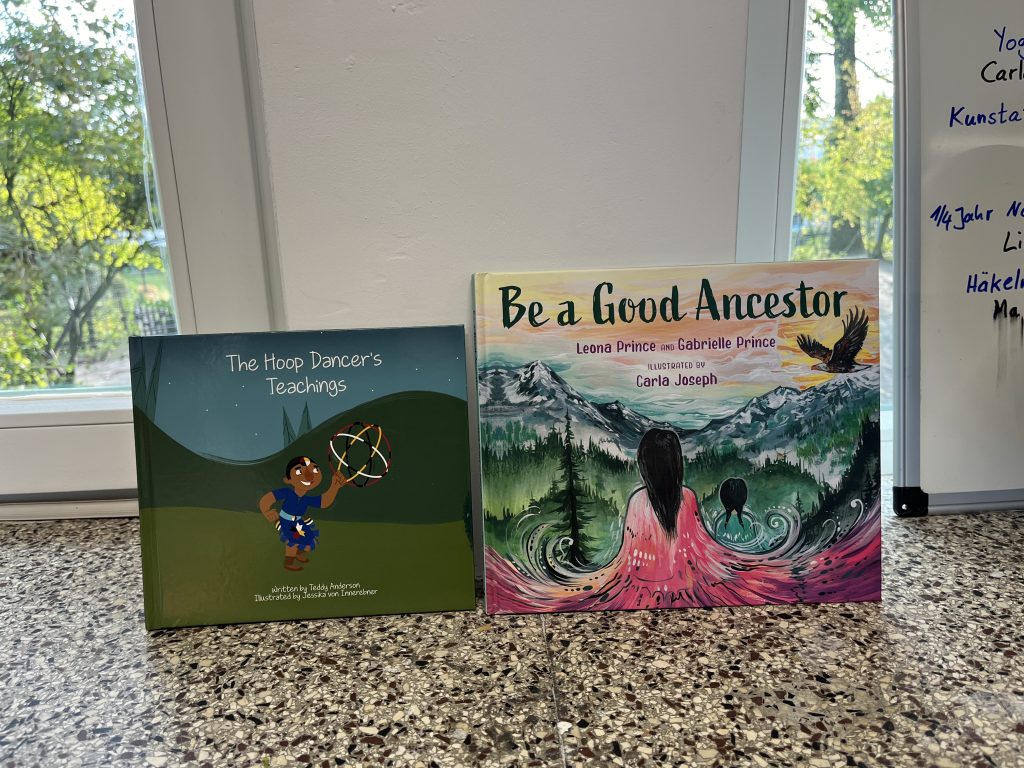Today wraps up the first full week of October, and with only a week left for the Hamburg TAB students, we are already starting to reminisce about our time here.
Our trip to Austria and Bavaria was unforgettable and quite eventful. It began with half of our group getting stranded in Germany due to a serious bomb threat at the Salzburg train station. The Austrian border into Salzburg was temporarily closed, and no trains or vehicles were permitted to enter from Germany. Thankfully, the closure didn’t last long, and with help from some locals, Chris, Vivian, and Yujin, were reunited with us. Austria was never a place I imagined myself traveling to, but I’m so glad the others convinced me to come (though it didn’t take much convincing, honestly). From visiting Mozart’s childhood home to recreating scenes from The Sound of Music in the Mirabell Gardens, Salzburg captured my heart and too much of my money.

Is the beer really better at Oktoberfest? Honestly, yes. I’m not sure if it’s the actual beer itself or the atmosphere of the festival that enhances the flavour. Regardless, it goes down easy—perhaps a bit too easy, in my experience. My first impression of Oktoberfest was that it felt similar to being at Stampede, except much bigger and a lot more German. There’s a midway with rides, games, overpriced souvenirs, and a ton of food. We spent most of our time inside the tents, where we got to have the full Oktoberfest experience. I won’t go into too much detail about the rest of our night, but we had an amazing time and met some great people.

Truth and Reconciliation Has No Borders
For the week of September 30th, I planned multiple lessons to teach my students about Indigenous people in Canada. I was unsure how to explain reconciliation to a group of grade 3 students who have no knowledge of Canadian history and likely have never even met an Indigenous Canadian. Given the history of Germany, teachers here are not afraid to be upfront and honest about the past. And in true German fashion, my classroom teacher summarized the history of Canada in one quick sentence: “In Canada, the white people did many bad things to the Natives; they killed them and took their land.” I couldn’t have said it better myself.
For my first lesson, I read the book The Hoop Dancer’s Teachings by Teddy Anderson, followed by a video of Teddy Anderson’s Hoop Dancing. My students were captivated by the dance, and we spent the remainder of the period watching other Hoop Dancing videos. For my second lesson, I focused on developing their appreciation for Indigenous culture and music. I showed the students a Blackfoot drum circle and, before playing the video, asked them: “Think about how this music makes you feel.” As the video played, many of the students began to dance to the beat of the drum. It was infectious—once one student started dancing, others joined in. I played the video a second time, and this time the students had coloring supplies to draw how the music made them feel or what they visualized when hearing the music. What I thought would be a 3–5-minute exercise turned into 30 minutes, as my students took great care in representing the music through their creativity.


Tip: I strongly recommend that anyone going on TAB to gift their school placement books from Canada. I gifted my classroom three books—two by Indigenous authors and one about Canadian geography. These have been incredible resources for my lesson plans, and it’s a great way to leave a memory of your experience with the students. Books also give the students access to accurate and authentic resources about Indigenous people, created by Indigenous people.

Tschüss!
Hannah